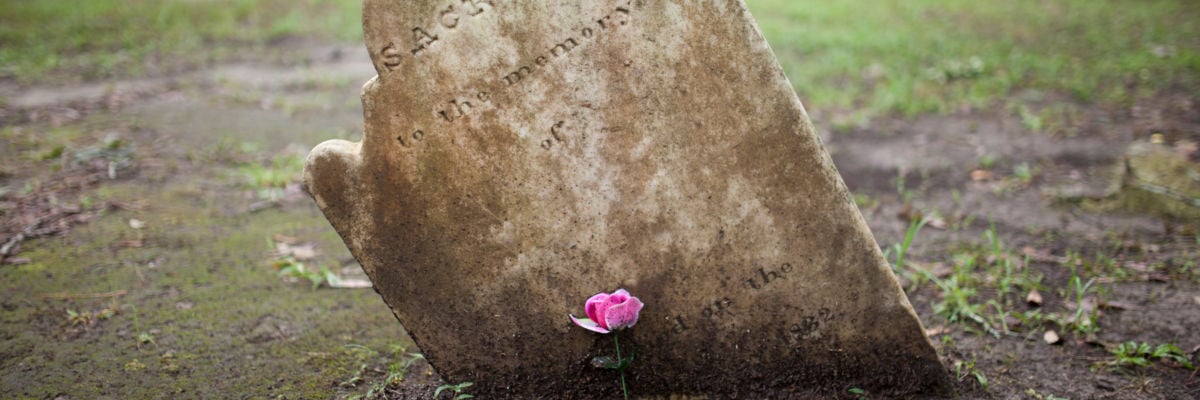
If you’ve been an American Catholic, or even just followed Catholic news, for the last several decades, you might have the impression that Catholic priests in America have gotten a lot more orthodox, and a lot more politically conservative. But you might not realize just how right you are.
After polling thousands of Catholic priests and engaging in in-depth interviews with one hundred of them, the Catholic Project at CUA released a report examining “polarization” and “generational dynamics” within the American Catholic priesthood. The results were striking. On both theological and political issues, there is a chasm separating the views of older and younger priests.
Back in 1972, Paul Simon could sing, “When the radical priest / come to get me released / we was all on the cover of Newsweek,” in an apparent reference to the pacifist activist Daniel Berrigan, S.J., who had been on the cover of Time (not Newsweek) the prior year. The lyric made sense: priests like Berrigan were beloved figures on the left, and they were hardly alone. The Catholic Project study found that a majority of priests ordained before 1970 self-describe both as “somewhat liberal” or “very liberal” politically and “somewhat progressive” or “very progressive” theologically. In contrast, only about 20 percent of priests from that era consider themselves either politically or theologically conservative.
But the “radical priests” of the sixties and early seventies gave way to a new type of priest . . . or, perhaps more accurately, new types of priests. As one of the surveyed priests describes it,
priests in their seventies and sixties now would be one cohort. And then you have the JPII-generation that would be very orthodox, but still have some, you know, free-flowing-liturgy-stuff. Then you get in the Benedict stuff, which is like, you know, the hard-on-everything kind of guys. And the young guys now, I’d say, you have a lot in common with those last few cohorts, but no one’s really—the super-progressive wing really didn’t replicate themselves.
That priest accurately describes what are really three distinguishable shifts within the priesthood: a trend toward theological orthodoxy, a trend toward more traditional forms of liturgical praxis, and a trend toward political conservativism. For the sake of clarity, I’ll use “progressive” and “orthodox” to refer to one’s theological leanings, and “liberal” and “conservative” to refer to one’s political orientation. (Apart from this priest’s comments, the survey largely ignored the accompanying liturgical shift, but it’s worth bearing in mind as we consider these questions.)
To me, what’s most striking isn’t any of these three shifts, but the utter collapse of theological progressivism within the priesthood. Saying that “the super-progressive wing really didn’t replicate themselves” is almost an understatement when you look at the data. As the report highlights,
a full 85 percent of the youngest cohort describes itself as “conservative/orthodox” or “very conservative/orthodox” theologically, with only 14 percent (the smallest percentage of any cohort) describing themselves as “middle-of-the-road.” Theologically ‘progressive’ and “very progressive” priests once made up 68 percent of new ordinands. Today, that number has dwindled almost to zero.
With 85 percent of the priests describing themselves as conservative/orthodox, and another 14 percent describing themselves as “middle-of-the-road,” that leaves only about 1 percent of new priests who would be considered “progressive.” And bear in mind: these are priests who spent most or all of their time in seminary during the pontificate of Pope Francis, yet they self-describe as more conservative (both politically and theologically) than their brother priests ordained under John Paul II and Benedict XVI.
Nor is this a fluke. As the study authors point out, “self-described liberal or progressive priests, considered both politically and theologically, have been declining with every successive cohort for more than 50 years. Self-described liberal or progressive priests have all but disappeared from the youngest cohorts of priests.” Make no mistake: while there are plenty of gray- and white-haired progressive Catholic priests still making headlines in the U.S., there are hardly any younger Catholics following them (particularly into the priesthood). Unless some radical reversal occurs in the near term, we’re witnessing the virtual extinction of the progressive Catholic priest.
So what accounts for the half-century-long death of the progressive priest? Progressive priests have been on the decline during the pontificates of Popes Paul VI, John Paul I, John Paul II, Benedict XVI, and now Francis. But although an inspiring pope might account for more conservative/orthodox men wanting to become priests, it doesn’t explain the failure of theologically progressive young men to pursue the priesthood. Nor can one simply blame (or thank) the bishops, since in many cases, the seminarians and newly ordained priests have been more traditional, conservative, and orthodox than the bishops ordaining them.
Instead, there seems to be something within theological progressivism itself that is to blame. Tentatively, I would point to three possible factors. First, many of the beliefs of theologically progressive Catholicism are antithetical to the priesthood. Take a progressive Catholic like Garry Wills (the former Jesuit seminarian), who wrote a book called Why Priests?: A Failed Tradition, arguing against the divine and apostolic origins of the Catholic priesthood. Perhaps needless to say, a Catholic who accepts the thesis of that book is unlikely to also think that God is calling him to become a priest.
Second, there may be an ironic effect at play in which the weakening of Catholic culture has destroyed much of progressive Catholicism. The older generations of progressive Catholics often grew up in Catholic enclaves in which daily life centered on Catholic devotions, the local parish, and the parish priest. One of the older priests interviewed described it this way: “I liked the lifestyle of the priest and recognition and respect that the priest had.” That draw might endure even if the young man stopped believing in aspects of Catholic teaching.
But for a variety of reasons, that world no longer exists. Owing to demographic shifts (there are fewer Catholic ghettos in the U.S. anymore), the fallout of the sexual abuse scandal (priests no longer enjoy that “recognition and respect”), and perhaps even the success of progressive Catholic priests in quashing much of the traditional devotional life with which they had grown up, a young man who stops believing in aspects of Catholic teaching today is likely to simply stop identifying as Catholic, or at least to stop bother going to Mass. Put more positively, this means that young men discerning the priesthood now are more likely to be there because they actually believe it, not simply because they want recognition and respect.
Third, even among those progressives who continue to consider themselves Catholic, the priesthood is not an obvious option. Progressive Catholics were (and are) right to see that many of their traditional Catholic peers stressed (and stress) the dignity of the priesthood to the near exclusion of the universal call to holiness. But in many cases, the reaction to this has been to blur the distinction between the priesthood and laity.
To take an extreme example, Trent Horn points out in Confusion in the Kingdom, “For some feminist theologians, even the concept of priests as mediators between God and man is oppressive.” As Jill Peterfeso points out in her book Womanpriest, this creates a Catch-22; because groups like “Roman Catholic Women Priests” really aim “to dissolve the boundary between clergy and laity, womenpriests cannot simply uphold their own ontological specialness if they wish to empower the laity.” So they’re left arguing both that they are and aren’t ordained Catholic priests.
A more moderate version of this is to speak and think of the priesthood as if it consisted principally of community organizing or social justice activism. But one can do those things without spending years in seminary, promising celibacy (or vowing poverty, chastity, and obedience), and being under the authority of a bishop or religious superior. For instance, Philip Berrigan started out as a “radical priest” like his brother Daniel, but he continued to be a radical anti-war activist even after he was (briefly) excommunicated in 1973 for eloping with a nun. It turns out he could continue to be “one half of the famous and militant Roman Catholic Berrigan brothers” even after leaving the priesthood behind.
Perhaps the survey data on young and old Catholic priests should give all of us pause. With the extinction of the theologically progressive Catholic priest, we also find the near extinction of the politically liberal priest. These aren’t the same thing—it’s true that priests with a “leftward” political leaning have tended to pair that with theological dissent in a way that has proved fatal to their liberal Catholicism, but it’s possible to conflate theology and politics in the opposite direction as well, as if fidelity to Jesus Christ meant the same thing as fidelity to political conservatism, or the G.O.P., or Donald Trump.
In an age in which the Church finds itself at odds with the state on issues ranging from abortion to immigration to war, we should be at least mindful of what’s been gained and what’s been lost in the near extinction of the liberal Catholic priest.



